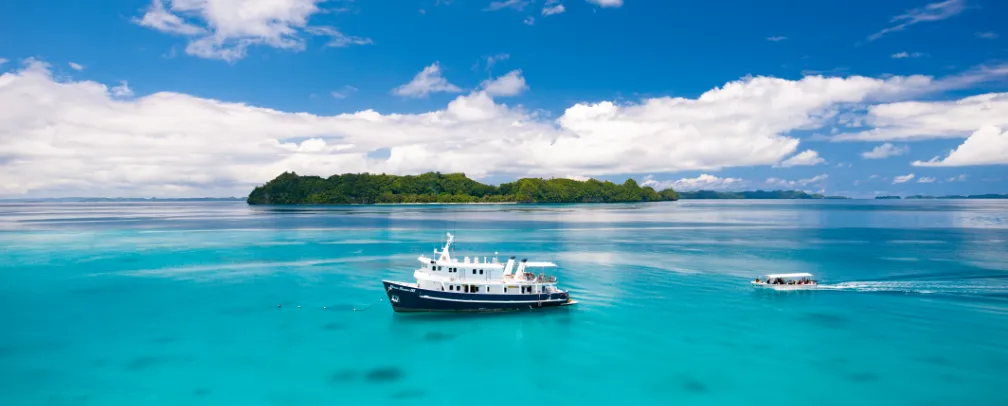If you're a diving enthusiast or even just a curious adventurer, this blog is a must-read. We've delved deep into the heart of one of the world's most spectacular diving destinations - Palau. This Pacific paradise offers an underwater experience like no other, and we're here to guide you through it.
- Discover the Underwater Paradise of Palau
- When to Dive - Timing Your Palau Adventure
- Diving Essentials - What to Wear in Palau's Waters
- The Golden Rules of Diving - Ensuring a Safe Palau Dive
- Palau's Marine Life - From Tropical Fish to Orcas
- The 7 Best Dive Sites in Palau - Exploring Palau's Underwater Wonders
- Post-Dive Considerations - Can I Fly After Scuba Diving?
- Conclusion - Your Next Adventure Awaits in Palau
Table of Content
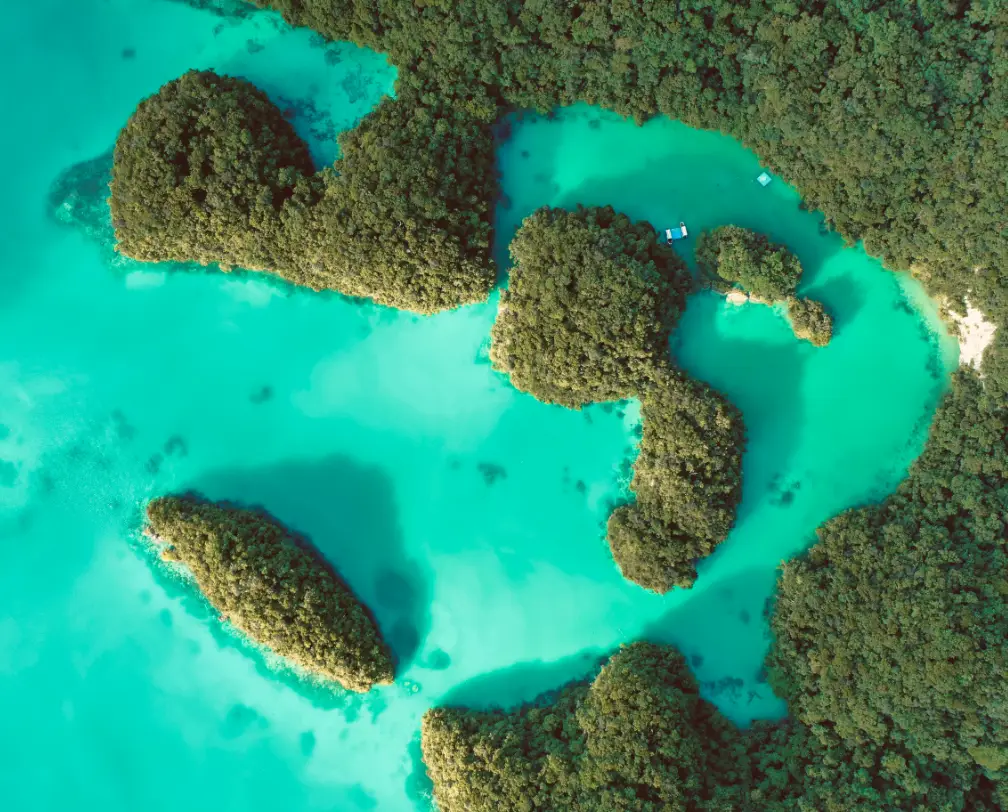
Discover the Underwater Paradise of Palau
Imagine a place where the ocean teems with vibrant marine life, where the water is as clear as crystal, and where the underwater landscapes are as diverse as they are breathtaking. Welcome to Palau, a true paradise for divers and underwater explorers alike. Nestled in the heart of the Pacific Ocean, this archipelago of over 500 islands is a hidden gem that offers some of the best diving experiences in the world.
Palau's underwater world is a spectacle of nature's grandeur. Its warm, tropical waters are home to an astonishing array of marine life, from tiny, colorful reef fish to majestic manta rays and even the occasional orca. The reefs are a kaleidoscope of corals, sponges, and other marine invertebrates, each contributing to the vibrant tapestry of life beneath the waves.
But it's not just the marine life that makes diving in Palau so special. The islands' unique geology has created a variety of underwater landscapes that are as diverse as they are beautiful. Dive into mysterious blue holes, navigate through underwater caves, or drift along walls that plunge into the deep blue abyss. Each dive site in Palau offers a unique adventure that will leave you in awe of the beauty and complexity of the underwater world.
Palau's commitment to conservation also sets it apart as a diving destination. The nation was the first in the world to declare its entire marine territory a sanctuary, ensuring the protection and preservation of its marine ecosystems for future generations. This commitment to conservation is evident in the pristine condition of its reefs and the abundance of marine life that thrives within them.
Diving in Palau is more than just an adventure — it's an opportunity to immerse yourself in a world that is as fascinating as it is fragile. It's a chance to witness the intricate balance of nature, where every creature, from the smallest plankton to the largest shark, plays a crucial role in the health of the ecosystem. And it's a privilege to explore a place that has been shaped by the forces of nature over millions of years.
Whether you're a seasoned diver or a beginner looking to experience the thrill of diving for the first time, Palau offers something for everyone. Its warm, clear waters are perfect for diving year-round, and its dive sites cater to all levels of experience. And with the guidance of Palau's experienced dive operators, you can explore this underwater paradise safely and responsibly.
In this blog post, we'll guide you through everything you need to know about diving in Palau. We'll discuss the best times to dive, what to wear, the golden rules of diving, and the diverse marine life you can expect to encounter. We'll also introduce you to some of Palau's best dive sites and provide advice on post-dive activities and considerations.
So, are you ready to discover the underwater paradise of Palau? Dive in, and let the adventure begin!
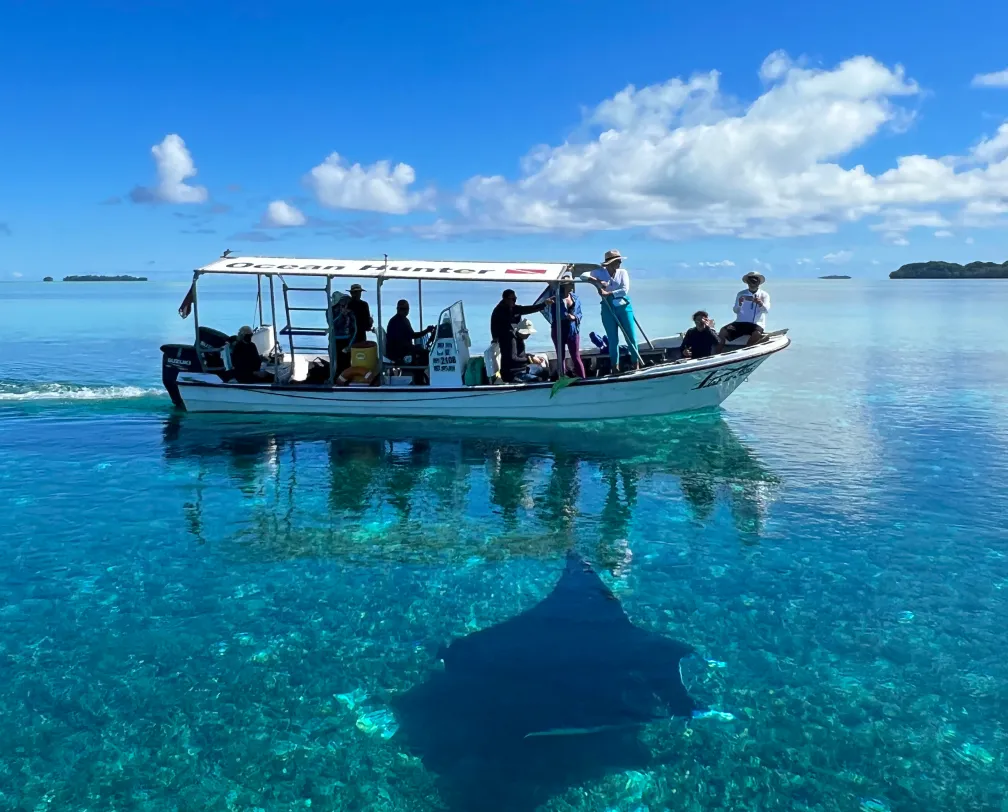
When to Dive - Timing Your Palau Adventure
Palau, a diver's paradise, is blessed with a tropical climate that makes it a year-round diving destination. No matter when you decide to visit, the underwater world of Palau is always ready to mesmerize you with its vibrant marine life and stunning underwater landscapes.
The islands enjoy a warm, tropical climate throughout the year, with average air temperatures ranging from 26°C to 30°C. The water temperature is equally inviting, averaging around 27°C, making for comfortable dives regardless of the season. This consistent climate means that any time of the year is a good time to dive in Palau.
However, like any tropical destination, Palau does have a wet and dry season. The dry season, which runs from November to April, sees less rainfall and is generally considered the peak season for tourism. During this time, the seas are calm, the skies are clear, and visibility underwater can reach up to 40 meters, offering excellent conditions for diving.
The wet season, from May to October, sees more rainfall, but don't let this deter you. Rain showers in Palau are often brief and followed by sunshine. More importantly, the rain has little impact on the underwater visibility, which remains good. In fact, some divers prefer the wet season as there are fewer tourists, making for a more serene diving experience.
One of the unique aspects of diving in Palau is the opportunity to experience different marine life throughout the year. While you can expect to see a diverse range of marine species year-round, certain times of the year offer unique sightings. For instance, the months of February to April are known for manta ray sightings, while the months of June to September are the best time to spot the elusive whale shark.
Moreover, Palau's strategic location in the Pacific Ocean means it's outside the typhoon belt, making it a safer choice for divers, even during the wet season.
In conclusion, there's no bad time to dive in Palau. Its consistent tropical climate, coupled with its diverse and abundant marine life, makes it a perfect diving destination all year round. Whether you prefer the bustling peak season or the quieter wet season, Palau offers an unparalleled diving experience that caters to your preferences.
So, when are you planning your diving adventure in Palau? Remember, the underwater paradise of Palau is ready to welcome you, no matter the season!

Diving Essentials - What to Wear in Palau's Waters
When it comes to diving in Palau, comfort and safety are paramount. Given the warm tropical waters, which average a pleasant 27°C throughout the year, divers have flexibility in their choice of diving attire.
For many, a 3mm wetsuit is the go-to choice. It provides a good balance of warmth and flexibility, allowing you to move freely while protecting you from potential scrapes against corals or encounters with marine life. A full-length wetsuit also offers protection from the sun, a crucial consideration in Palau's tropical climate.
However, some divers opt for even lighter attire. Dive skins, which are essentially lightweight jumpsuits, are popular among those who prefer maximum flexibility or who find a wetsuit too warm. They offer less thermal protection but are perfect for those comfortable with the warm Palauan waters.
For those who tend to feel the chill, especially after multiple dives, a thicker wetsuit or even a semi-dry suit might be more suitable. It's all about finding what keeps you comfortable so you can focus on enjoying the stunning underwater scenery.
Don't forget about other essential gear. A good quality mask that fits well is crucial for clear underwater viewing. Fins should be comfortable and suitable for the type of diving you plan to do. A snorkel, while not always used during the dive itself, is useful for surface swimming.
Lastly, remember that Palau is a leader in conservation efforts. As such, consider choosing Ban of Coral-Damaging Sunscreens that are reef-safe to protect the delicate ecosystems you'll be exploring.
In conclusion, diving attire in Palau is all about personal comfort and safety. Whether you prefer a full wetsuit, a dive skin, or something in between, the warm, inviting waters of Palau offer a fantastic diving experience that you can tailor to your preferences.
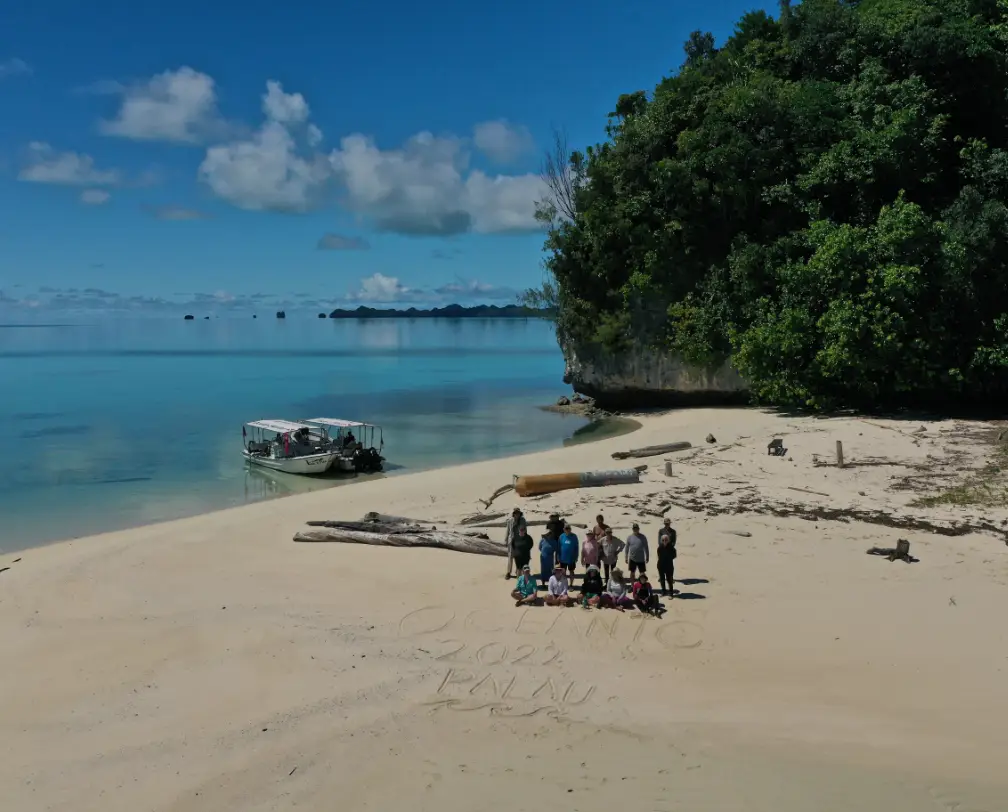
The Golden Rules of Diving - Ensuring a Safe Palau Dive
Diving is an exhilarating experience, but it's also one that requires respect for safety rules and guidelines. In Palau, the golden rules of diving are taken very seriously to ensure every diver's safety and enjoyment.
The number one rule of diving is to never hold your breath. Continuous breathing is essential to prevent lung over-expansion injuries. The golden rule of diving, meanwhile, is to plan your dive and dive your plan. This means understanding the dive site, knowing your limits, and sticking to the plan.
When diving in Palau, you're in safe hands with an experienced operator like Fish 'n Fins. We go above and beyond to ensure safety standards are met and exceeded. Our breathing gases, air and nitrox, are tested every three months by an accredited US institute, ensuring the highest quality and safety. Moreover, Fish 'n Fins offers Nitrox for free to certified divers, providing an added level of safety by reducing nitrogen absorption during dives.
In addition to providing high-quality breathing gases, Fish 'n Fins equips their boats with oxygen and spare equipment, as well as medical first aid. All guides and boat operators are first aid trained, ready to respond swiftly and effectively in the unlikely event of an emergency.
Experience counts when it comes to safety, and the boat personnel at Fish 'n Fins have many years of experience in Palau's waters. They know how to read the weather, waves, and currents, and they avoid dangerous conditions to ensure the safety of all divers on board.
Finally, remember to respect the marine environment. Palau is a sanctuary for marine life, and it's our responsibility as divers to ensure it stays that way. Avoid touching or disturbing the marine life and corals, and always follow the guidelines provided by your dive operator.
By following these golden rules of diving and choosing a reputable dive operator like Fish 'n Fins, you can ensure a safe and enjoyable diving experience in the beautiful waters of Palau.
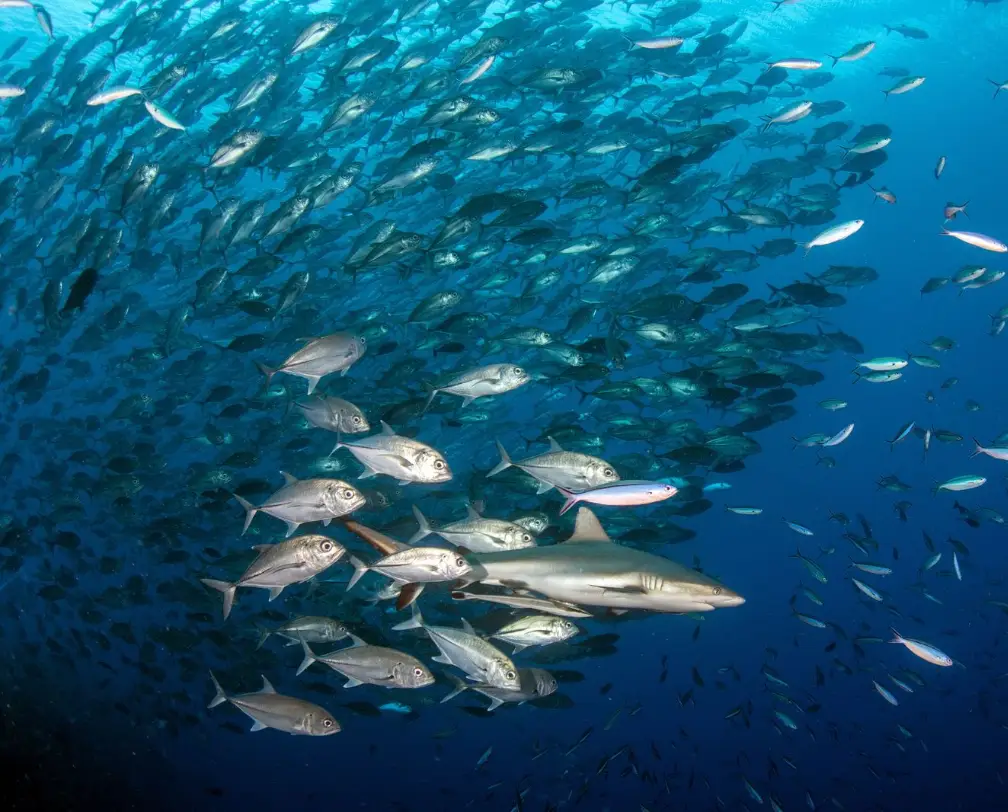
Palau's Marine Life - From Tropical Fish to Orcas
Diving in Palau is like stepping into a vibrant underwater metropolis. The waters teem with a staggering variety of marine life, from the smallest tropical fish to the largest pelagic species. It's a spectacle that never fails to captivate those who venture beneath the waves.
The coral reefs of Palau are home to a myriad of colorful tropical fish. Angelfish, butterflyfish, clownfish, and damselfish are just a few of the species you'll encounter on any given dive. Larger species such as groupers, snappers, and sweetlips add to the diversity, their vibrant colors and patterns providing a feast for the eyes.
But it's not just the fish that make Palau's marine life so special. The reefs are also home to a variety of invertebrates. Look closely, and you might spot a nudibranch displaying its vibrant colors, or a clever octopus changing its color and texture to blend in with its surroundings.
Palau's waters are also frequented by a host of pelagic species. Schools of jacks and barracuda can often be seen swirling in the blue waters, their silvery bodies shimmering in the sunlight. Tuna dart through the water with incredible speed, while graceful manta rays glide effortlessly in the currents.
On rare occasions, divers in Palau are treated to sightings of some of the ocean's most impressive inhabitants. Sailfish, marlin, and various species of sharks, including bull sharks, silver tips, and hammerheads, have been spotted in these waters. Even the elusive sperm whale and orca have made appearances, much to the delight of lucky divers.
It's important to note that while these larger species are thrilling to encounter, they are also a testament to the health of Palau's marine ecosystems. Their presence indicates a balanced food chain and a thriving, healthy ocean environment.
In conclusion, the marine life of Palau is as diverse as it is beautiful. Whether you're marveling at a tiny clownfish in its anemone home or watching in awe as a majestic manta ray passes by, diving in Palau offers an unforgettable encounter with the wonders of the underwater world.
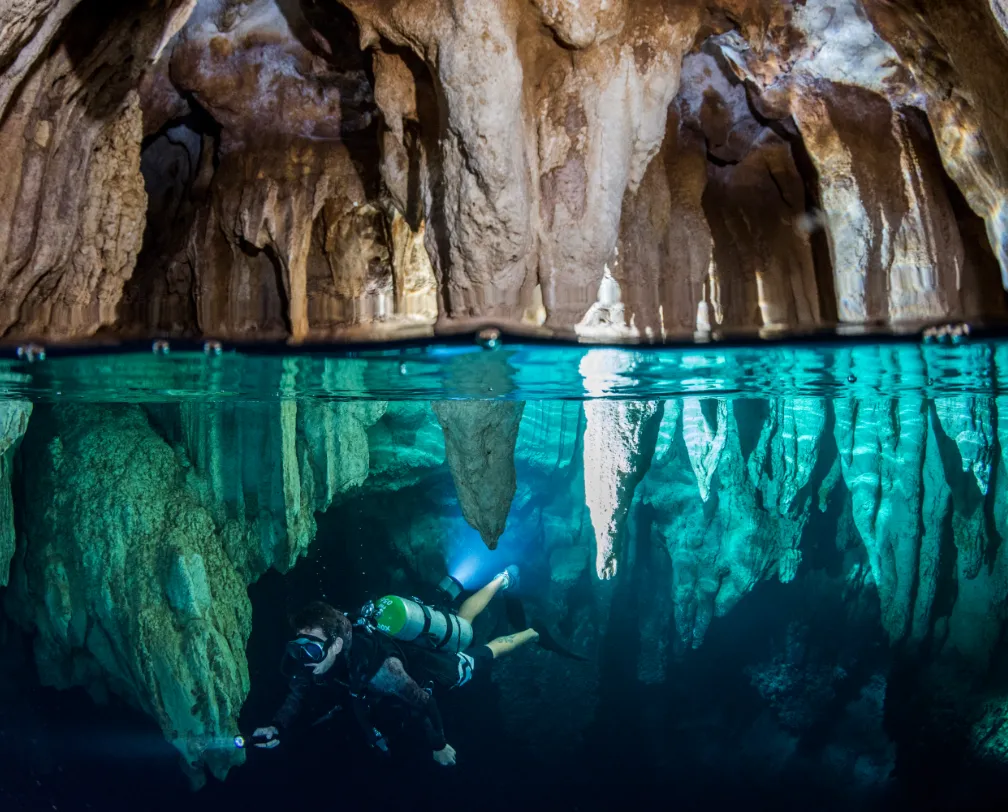
The 7 Best Dive Sites in Palau - Exploring Palau's Underwater Wonders
Palau's underwater world is a treasure trove of dive sites, each offering a unique adventure. Here are seven of the best dive sites that should be on every diver's Palau bucket list:
Blue Corner Palau Known as one of the world's top dive sites, Blue Corner is a plateau that drops off into deep water on all sides. The strong currents attract a variety of pelagic species, including sharks, barracudas, and jacks. With a reef hook, divers can secure themselves to the reef and watch the underwater action unfold like a movie.
German ChannelThis man-made channel was dug by the Germans during the colonial era. Today, it's a cleaning station for manta rays. Divers can watch these graceful creatures as they hover above the reef while cleaner wrasses remove parasites from their bodies.
Chandelier Cave This site offers a unique diving experience as you navigate through a series of underwater caves. The caves are named for the stalactite formations that resemble chandeliers. Air pockets within the caves allow divers to surface and admire the stunning rock formations.
Siaes Corner A wall dive that offers something for everyone. The wall is covered in soft corals and sea fans, and the corner attracts large schools of fish. Look out into the blue, and you might spot sharks and rays passing by.
Ulong Channel Known for its drift dives, Ulong Channel takes divers on a thrilling ride past beautiful coral gardens. The channel is also home to a large school of grey reef sharks, making for an exciting dive.
Iro Wreck A Japanese oiler that sank during World War II, the Iro sits upright in 40 meters of water. The wreck is encrusted with corals and is home to a variety of marine life, including lionfish, groupers, and schools of fusiliers.
Big Drop Off Also known as Ngemelis Wall, this sheer coral wall drops off into deep water. The wall is covered in colorful corals and sponges and is frequented by turtles, reef fish, and the occasional shark.
In addition to these sites, Palau's waters hide the remnants of over 30 wrecks from World War II, all at depths suitable for scuba diving. These wrecks offer a glimpse into history and have become artificial reefs teeming with marine life.
Each of these dive sites offers a unique window into the underwater wonders of Palau. Whether you're a fan of drift dives, wall dives, cave dives, or wreck dives, Palau has something to offer you.
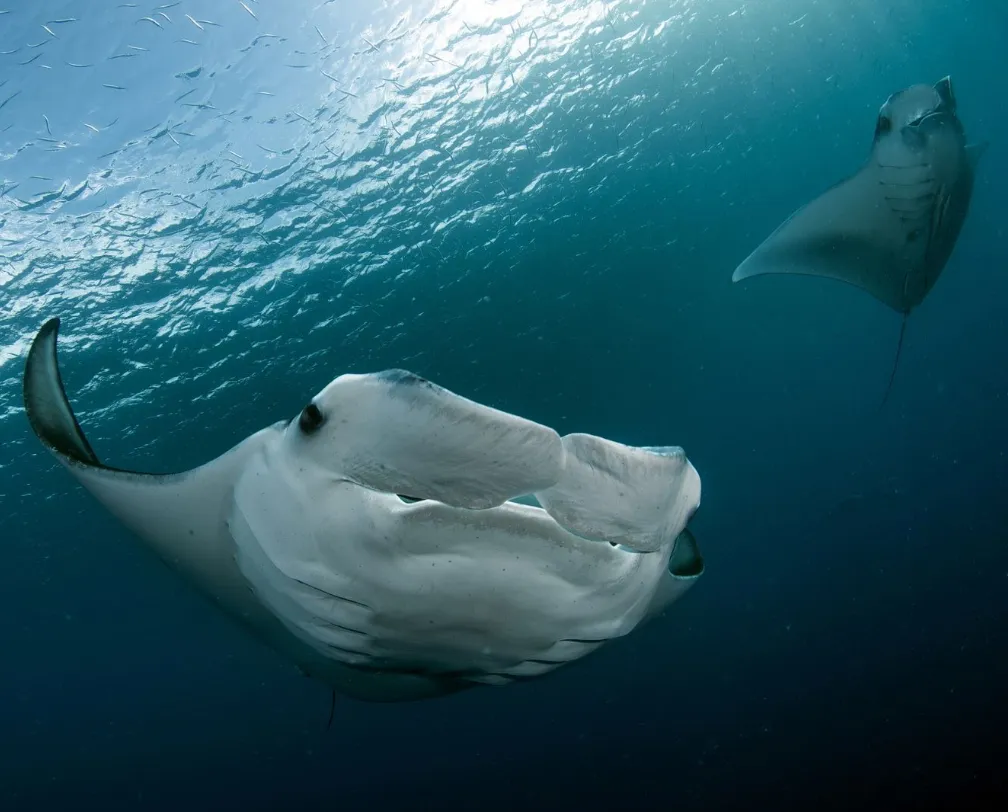
Post-Dive Considerations - Can I Fly After Scuba Diving?
After exploring the underwater wonders of Palau, it's important to consider post-dive activities, particularly flying. The question often arises, "Can I fly 20 hours after scuba diving?" The answer is yes, but with caution.
Divers Alert Network (DAN) and most diving organizations recommend a minimum surface interval of 12 hours for single dives, 18 hours for multiple dives or dives requiring decompression stops, and at least 24 hours after doing multiple days of diving. This is to allow the body enough time to off-gas any residual nitrogen absorbed during diving, reducing the risk of decompression sickness, commonly known as "the bends."
Therefore, if you're planning to fly after diving, it's best to schedule your flights accordingly. This ensures you can enjoy the stunning dive sites of Palau safely and without risk to your health. Always remember, safety first in diving!
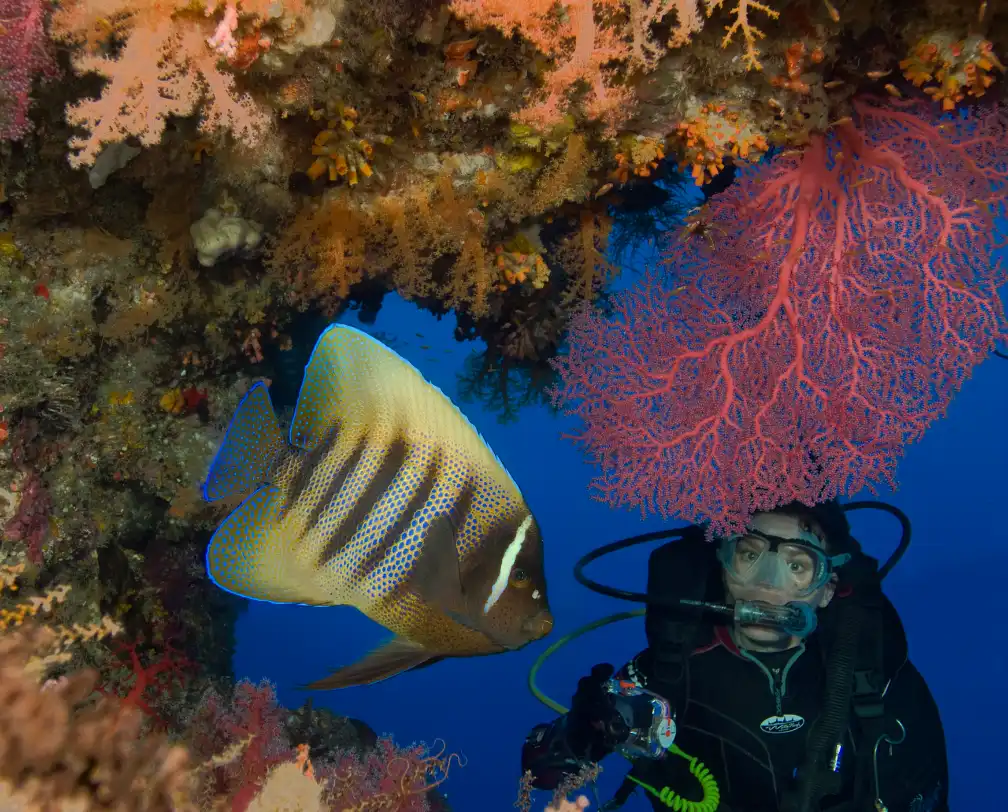
Conclusion - Your Next Adventure Awaits in Palau
As we've journeyed through the wonders of diving in Palau, it's clear that this Pacific paradise offers an underwater adventure like no other. From the vibrant marine life that thrives in its warm tropical waters to the diverse dive sites that cater to all levels of experience, Palau truly is a diver's dream.
Whether you're exploring the world-renowned Blue Corner, drifting through the Ulong Channel, or marveling at the majestic manta rays in the German Channel, each dive in Palau offers a unique encounter with the beauty and mystery of the underwater world. And with over 30 World War II wrecks scattered across its seabed, Palau offers a fascinating glimpse into history, too.
But diving in Palau is more than just an adventure. It's an opportunity to witness firsthand the rich biodiversity of our oceans and the importance of conserving these precious ecosystems. Palau's commitment to marine conservation is a testament to this, and as divers, we have the privilege of experiencing this underwater paradise while also playing a part in its preservation.
Remember, safety is paramount when diving. With experienced operators like Fish 'n Fins, you can explore Palau's underwater wonders with peace of mind, knowing that you're in safe and capable hands. And by following the golden rules of diving, you can ensure a safe and enjoyable diving experience.
So, are you ready to embark on your next diving adventure? Whether you're a seasoned diver or a beginner eager to explore the underwater world, Palau awaits. Dive in, and let the adventure begin in the underwater paradise of Palau!
